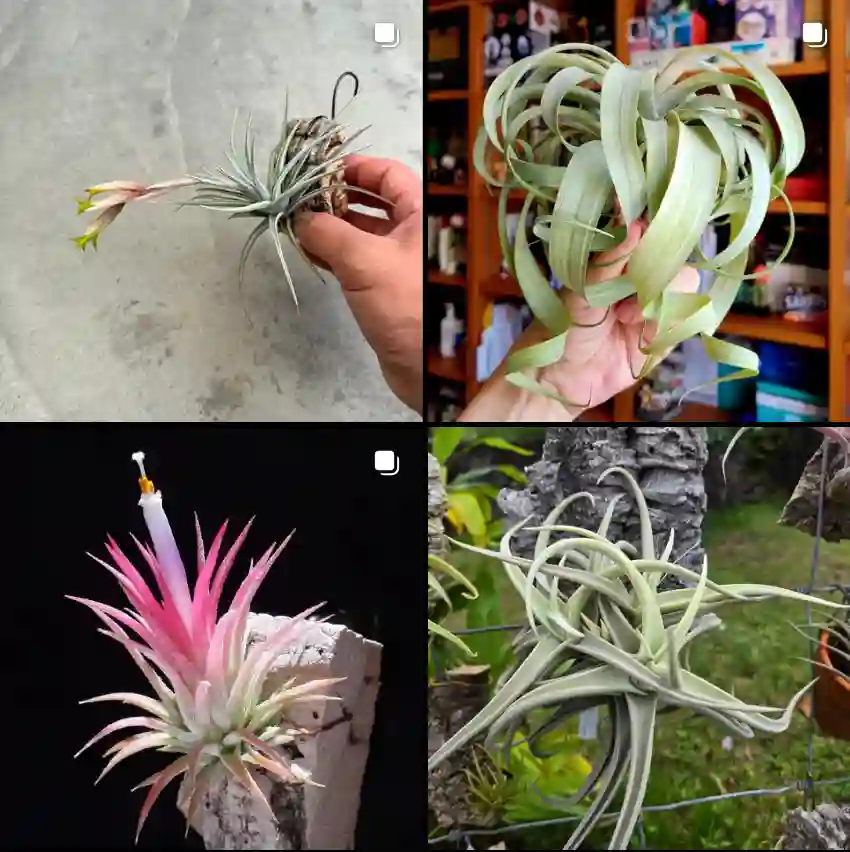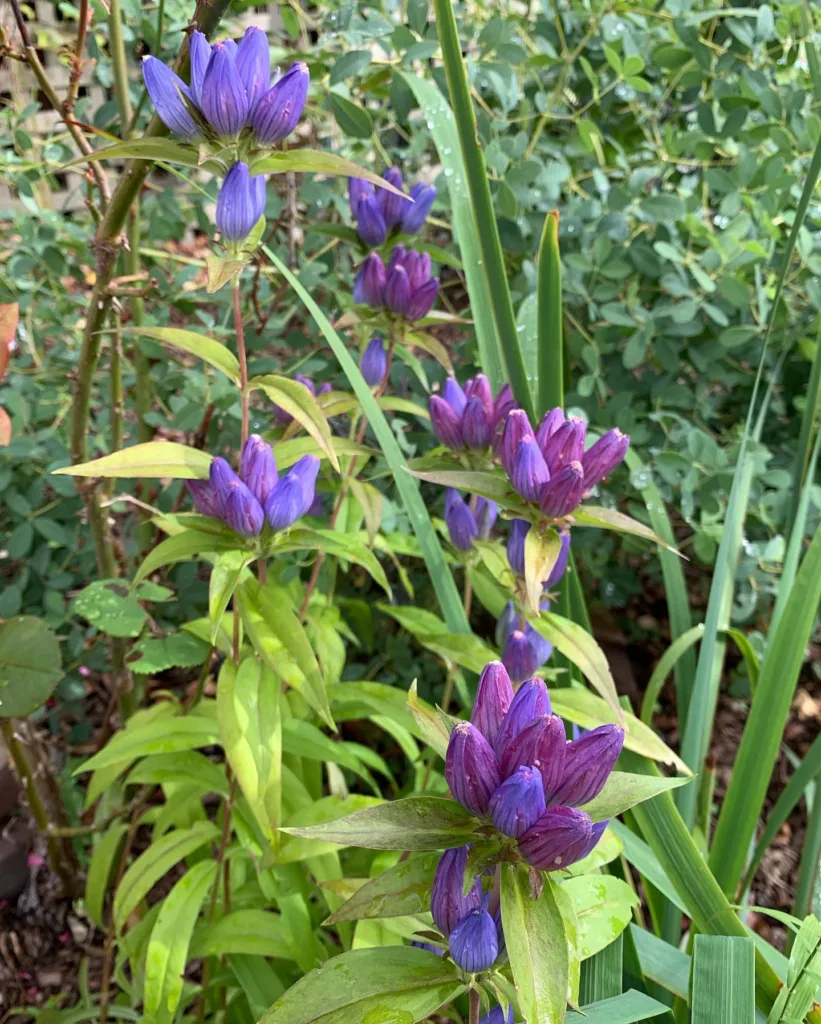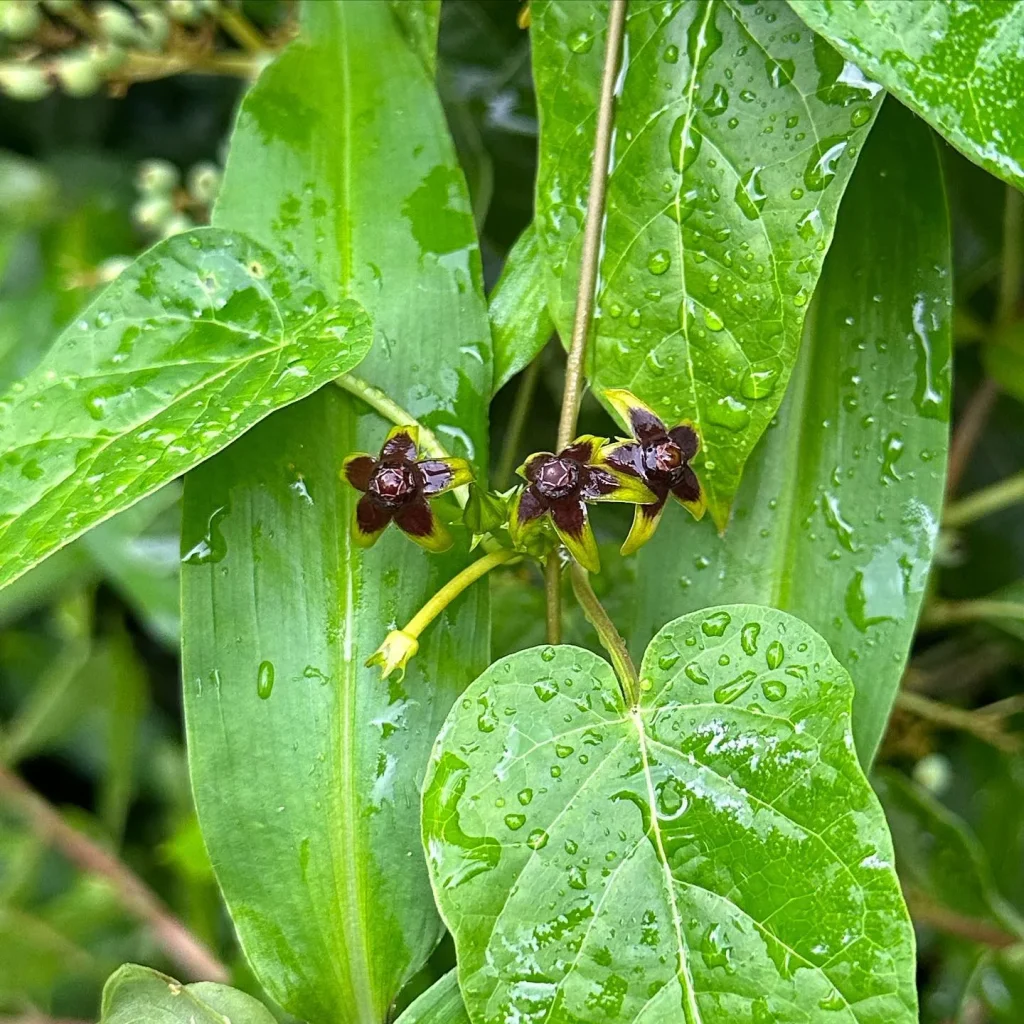Skimmia: A Gardener’s Gem
I’ve always been drawn to plants that offer year-round interest, and few do it as well as the Skimmia. This genus of evergreen shrubs, hailing from the cool, mountainous regions of Asia, has captured my heart with its understated elegance and surprising versatility. It’s a plant that whispers rather than shouts, offering subtle beauty in every season.
Discovering the Allure of Skimmia
My first encounter with Skimmia was purely accidental. I stumbled upon a vibrant cluster of ruby-red berries nestled amongst glossy, dark green foliage at a local nursery. Intrigued, I delved deeper and discovered a plant that offered far more than just winter color. The fragrant spring blooms, the promise of berries in autumn, and the evergreen foliage that provides structure throughout the year – Skimmia had me hooked.
Unpacking the Skimmia Genus
Skimmia belongs to the Rutaceae family, which also includes citrus fruits. This explains the delightful citrusy fragrance released when the leaves are crushed.
- Skimmia japonica: This species is the most popular and widely available. It boasts fragrant white or yellowish flowers in spring, followed by red berries on female plants in the fall. Numerous cultivars offer variations in size, foliage color, and berry production.
- Skimmia reevesiana: This charming species is a hermaphrodite, meaning it has both male and female flowers on the same plant. This self-fertility ensures a reliable display of bright red berries without the need for a male pollinator.
- Skimmia laureola: Native to the Himalayas, this species features yellow-green flowers and black fruits. Its leaves are larger and more elongated compared to other species.
- Skimmia anquetilia: This lesser-known species is native to the Western Himalayas and features red berries and narrow, lance-shaped leaves.
- Skimmia arborescens T.Anderson ex Gamble
- Skimmia melanocarpa Rehder & E.H.Wilson
- Skimmia multinervia C.C.Huang
A Symphony of the Senses
Skimmia engages all the senses. The visual appeal is undeniable, with the evergreen foliage providing a constant backdrop for the seasonal transformations. The spring blossoms, borne in dense panicles, fill the air with a sweet, honeyed perfume. In autumn and winter, the vibrant berries provide a feast for the eyes, while the leaves, when crushed, release a zesty citrus scent.
Cultivating Skimmia: Tips from My Garden
Skimmias thrive in partial shade and prefer acidic, well-drained soil. They are relatively low-maintenance plants, but a few tips from my own gardening experience can help ensure their success:
- Planting: Choose a location with dappled shade, especially in warmer climates. Amend the soil with organic matter to improve drainage and acidity.
- Watering: Keep the soil consistently moist, but avoid waterlogging.
- Fertilizing: Feed with an acid-loving fertilizer in spring.
- Pruning: Skimmias require minimal pruning. Remove any dead or crossing branches in late winter or early spring.
Beyond the Garden: Skimmia’s Versatility
Skimmia’s appeal extends beyond the garden. The cut branches, laden with berries or fragrant blossoms, make stunning additions to floral arrangements. The berries, while not palatable for humans, are a valuable food source for birds during the winter months.
A Plant for All Seasons
For me, Skimmia represents the essence of a four-season garden. It’s a plant that offers something special throughout the year, from the delicate blossoms of spring to the vibrant berries of winter. Its understated elegance and adaptability make it a welcome addition to any garden, large or small. Whether used as a specimen plant, a hedge, or a container plant, Skimmia is sure to bring years of enjoyment.




